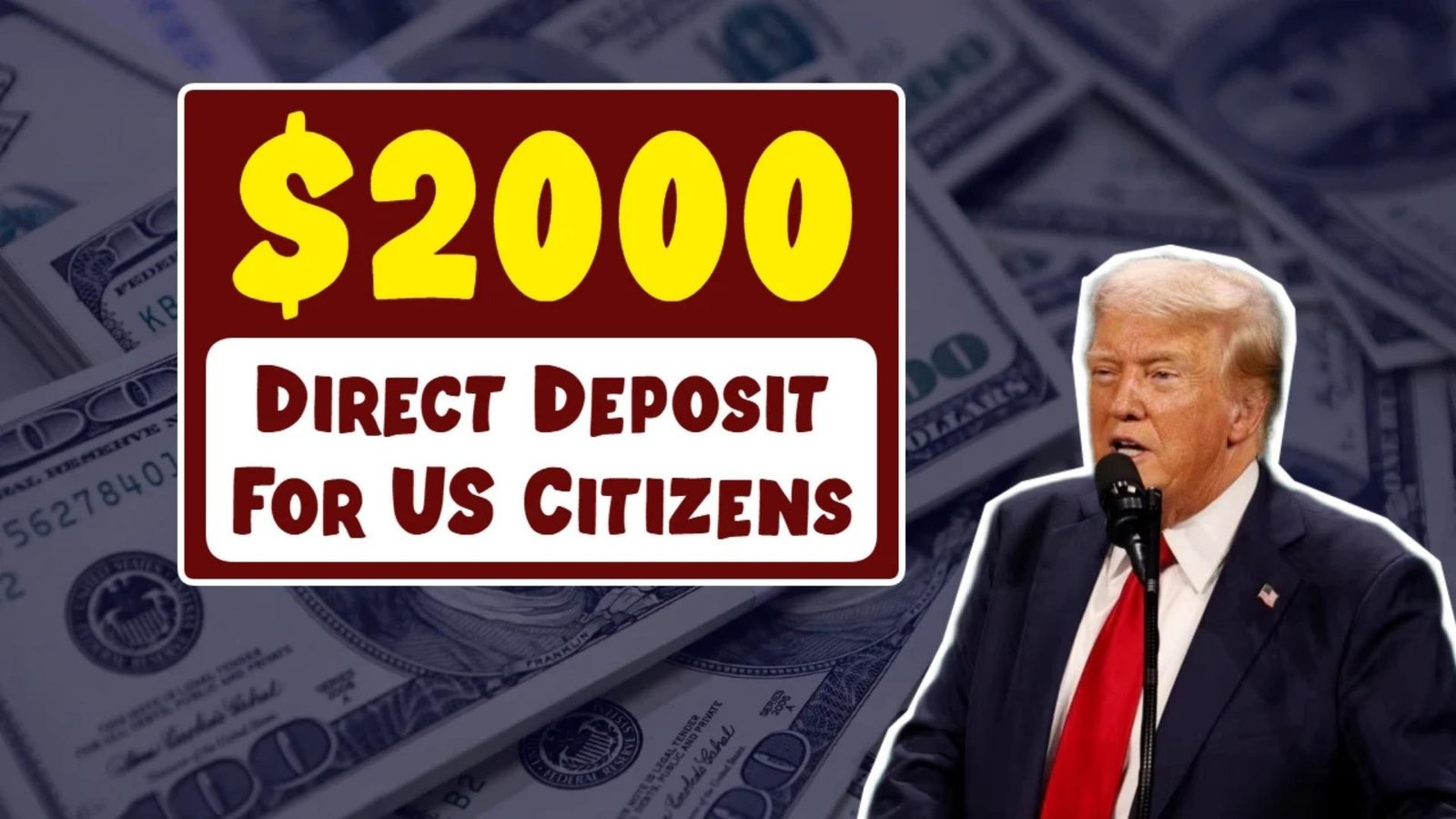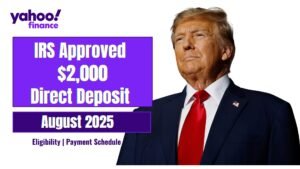What if $2000 could appear in your bank account this month without warning? Millions of Americans are waiting for this direct deposit relief, and the answers might surprise you. Let’s uncover the mystery behind this much-talked-about payment.
What Is the $2000 Direct Deposit?
The $2000 Direct Deposit is a potential financial relief program aimed at helping US citizens during tough economic times. Unlike ordinary benefits, this isn’t just about support — it’s about putting real money directly into your hands faster than ever.
The Untold History Behind $2000 Payments
The idea of a $2000 stimulus check traces back to pandemic-era aid. Back then, millions received financial support through the CARES Act and later extensions. The ongoing demand for relief created momentum for programs like this, ensuring Americans don’t get left behind during inflation and rising costs.
Why It Matters Right Now
Every household is feeling the weight of higher rent, groceries, and medical bills. That’s why the $2000 direct deposit is more than a number — it’s hope, stability, and a chance to breathe. For many families, this could mean staying afloat in 2025’s turbulent economy.
Who Is Eligible for the $2000 Direct Deposit?
Eligibility depends on income, tax filing, and benefit status. Here’s a quick breakdown of possible qualification rules:
| Criteria | Possible Requirement |
|---|---|
| Income Threshold | Likely under $75,000 (single) / $150,000 (joint) |
| Residency | Must be a US Citizen or Permanent Resident |
| Tax Filing Status | Recent IRS filing required |
| Benefit Recipients | May include SSI, SSDI, and Veterans |
If you fit these conditions, the $2000 direct deposit could be heading your way.
Payment Dates – When Will You Get It?
One of the biggest questions is when the money will hit your account. Payment dates usually follow IRS and Social Security schedules. Based on patterns, deposits may roll out in phases:
| Group | Expected Payment Date |
|---|---|
| Direct Deposit Users | Within 1–3 business days of release |
| Paper Check Recipients | 5–10 business days later |
| Social Security Beneficiaries | Around regular benefit cycle dates |
Notable Facts You Shouldn’t Miss
- Over 60 million Americans could qualify for relief.
- Payments are tax-free financial aid, not loans.
- Some states may issue extra top-up benefits.
- Those without direct deposit may wait longer for checks.
Expert Tips to Maximize Your $2000
- Set up direct deposit for fastest delivery.
- Track your payment through the IRS “Get My Payment” tool.
- Use wisely: prioritize bills, savings, and debt before spending.
- Watch out for scams — no government agency asks for fees to release your check.
Frequently Asked Questions
Q: Do I need to apply for the $2000 direct deposit?
Not always. Most payments are automatic if you filed taxes or receive federal benefits.
Q: Can non-tax filers get it?
Yes, but you may need to submit a simple form to the IRS.
Q: What if I didn’t get the payment on time?
Check your eligibility status online or call the IRS helpdesk.
Conclusion
The $2000 direct deposit isn’t just another government program — it’s a lifeline that could appear in your bank account sooner than you think. With eligibility expanding and payment dates nearing, the suspense is building. Don’t miss your chance — stay alert, check your eligibility, and be ready when your name is called.




